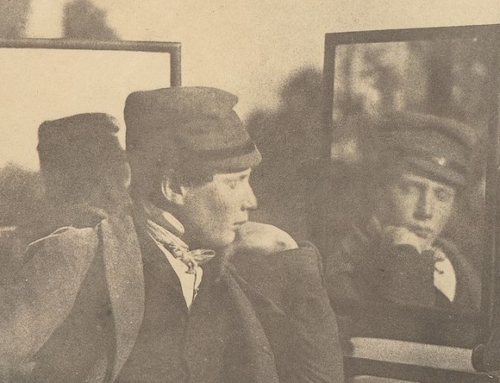Satan is an excellent marketer. He does his best to make sin attractive. He introduces maxims like “heaven for the climate, hell for the company” into common discourse, as if sin makes one interesting instead of simply destructive. He makes us love the antihero trope, which does not merely portray the hero’s flaws as tragic, but instead it embraces such flaws and makes that embrace central to the character. He gives us a subversive thrill in vice. Sin, however, is nothingness. Sin is always an emptiness and a void, it gives us nothing positive and has no redeeming qualities. The only attention it deserves is in combating it and healing its effects.
The moral tradition of the Church shines the proper light on sin by helping us understand it. It describes seven capital vices under which all sins and temptations fall: gluttony, lust, greed, anger, sloth, envy, and pride. These vices arise from our desires for genuine goods, but, in consequence of the fall, we desire good things in wicked ways. We all have temptations, and categorizing our vices helps us see their inter-relations and unveils the ways in which we may combat them.
Evagrius of Pontus, a 4th century Greek-speaking monk, was the first Christian to categorize vices in this spirit. Echoing St. Peter’s command, “Stay sober and alert. Your opponent the devil is prowling like a roaring lion looking for someone to devour. Resist him, solid in your faith,” (1 Pet 5:8) Evagrius gave us perceptive insights on how to understand and battle sin.
The fight against sin, Evagrius writes, is primarily an internal battle that takes place in how we respond to our logismoi, our tempting thoughts. We receive logismoi passively, and so having a perverse image or evil idea pop into our heads does not entail sin. However, if we allow such thoughts into our hearts and entertain them with passion and intent, then we sin, even without carrying out those actions. Only in combating these temptations do we heed Jesus’s admonition, “I say to you that everyone who looks at a woman with lustful intent has already committed adultery with her in his heart” (Matt 5:28).
To combat logismoi, Evagrius proposes nepsis or watchfulness. After a period of temptation, we can stop and consider the roots of our thoughts. He advises, “Sit down and recall for yourself the things that happened to you-where you started from, where you went, and the place in which you were caught by the spirit of lust or anger or despair, and how in turn these things took place.” (On Thoughts) We often fall in the same ways, and by watchfulness we can begin to see the patterns and circumstances that antecede sin.
One may note that his gluttony begins with boredom, or that his temptations towards envy or greed begin when he scrolls on social media. Lust may begin with loneliness, slothful distractions may begin with checking one’s email. Anger may follow from recalling an inconsiderate person, pride may arise from noting the flaws of others. Different people are plagued with temptations in individual ways, so each person needs to observe his or her own thoughts to discover how to combat them.
If we know the patterns in our own lives, we can address the roots of our vices. If remembering a certain person leads us to worse thoughts of pride or anger or lust, then we can immediately turn our attention elsewhere when that person pops into our memories. Watchfulness requires diligence and practice, but it works. Watchfulness unmasks the devil’s marketing, helping us combat sin in our thoughts and in our words, in what we have done, and in what we have failed to do.
✠
Image: Michelangelo Buonarroti, The Torment of Saint Anthony







